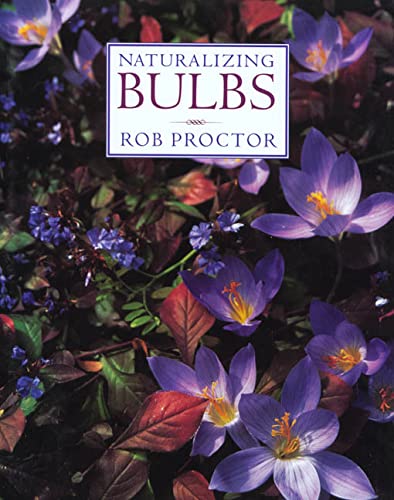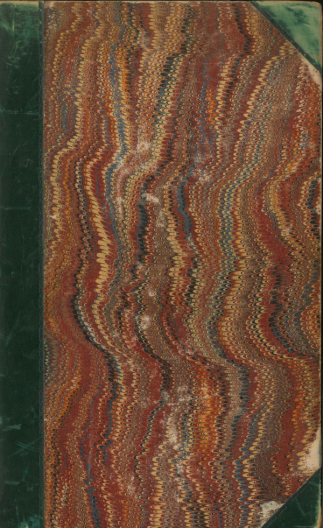 Jake Hobson is a European author who moved to Japan. Although now returned to his native England, he writes “Niwaki: Pruning, Training and Shaping Trees the Japanese Way” from his experience in Japan, including working at an Osaka nursery.
Jake Hobson is a European author who moved to Japan. Although now returned to his native England, he writes “Niwaki: Pruning, Training and Shaping Trees the Japanese Way” from his experience in Japan, including working at an Osaka nursery.
“The reliance on trees and plants is no different from most other gardening cultures in the world, climate permitting. What is [author’s emphasis] different, however, is how the trees look.” These trees, or niwaki in Japanese, are “pruned to fit into the landscape of the garden in a way that is peculiar to Japan.”
Hobson thinks these practices can be adapted for Western gardens, but counsels his readers to not slavishly follow Japanese plant selection. Instead, he urges the gardener to apply the Japanese level of intensity in the care of garden trees, using species that flourish locally.
The author summarizes this intensity as an effort to create a “character of maturity” by “training and pruning branches to give the impression that they are larger and older than they actually are.” He then relates these practices to many of the Western traditions used on fruit trees to increase yields. This requires consistent and on-going pruning.
To illustrate these concepts, Hobson relies on mostly traditional Japanese garden trees but with some English examples. I came to the conclusion that this style might not suit everyone’s taste, but this book gives you an in-depth introduction to the concepts and the process of niwaki, and gave me a greater appreciation of this approach to gardening.
Excerpted from the Summer 2020 issue of the Arboretum Bulletin
![[Wilding] cover](https://depts.washington.edu/hortlib/graphix/wilding.jpg)
 In “Naturalizing Bulbs”, Rob Proctor does not provide the usual alphabetical recital of genus, species and varieties. Instead, he begins with a series of essays on the aesthetics and practicalities of weaving bulbs into the landscape. These chapters both inspire and provide a dose of reality of what works, based on broad climate zones throughout the United States.
In “Naturalizing Bulbs”, Rob Proctor does not provide the usual alphabetical recital of genus, species and varieties. Instead, he begins with a series of essays on the aesthetics and practicalities of weaving bulbs into the landscape. These chapters both inspire and provide a dose of reality of what works, based on broad climate zones throughout the United States.![[Olmsted in Seattle] cover](https://depts.washington.edu/hortlib/graphix/OlmstedinSeattlereview.jpg)
![[Oh, La La!] cover](https://depts.washington.edu/hortlib/graphix/Ohlala!.jpg)
![[The Outdoor Classroom in Practice, Ages 3-7] cover](https://depts.washington.edu/hortlib/graphix/outdoorclassroominpractice.jpg)
 For pure opulence, nothing matches Anna Pavord’s “Bulb”, a compilation of the author’s favorites of primarily spring-flowering selections. Each is described with such heartfelt devotion that you know they must be good. She includes some newer varieties but the treasures are the older, time-tested names that just keep giving every year.
For pure opulence, nothing matches Anna Pavord’s “Bulb”, a compilation of the author’s favorites of primarily spring-flowering selections. Each is described with such heartfelt devotion that you know they must be good. She includes some newer varieties but the treasures are the older, time-tested names that just keep giving every year.![[Landmarks] cover](https://depts.washington.edu/hortlib/graphix/landmarks.jpg)
 One of the earliest fern books, ”The Ferns of Great Britain” (published in 1855), is better known for its illustrator John Edward Sowerby (1825-1870) rather than the botanist who wrote the text, Charles Johnson (1791-1880). While this was not typical, it is perhaps because Sowerby was also the publisher. There is no record of professional jealousy, as the pair produced several other books on wild flowers, poisonous plants, grasses, and useful plants found in Britain and Ireland.
One of the earliest fern books, ”The Ferns of Great Britain” (published in 1855), is better known for its illustrator John Edward Sowerby (1825-1870) rather than the botanist who wrote the text, Charles Johnson (1791-1880). While this was not typical, it is perhaps because Sowerby was also the publisher. There is no record of professional jealousy, as the pair produced several other books on wild flowers, poisonous plants, grasses, and useful plants found in Britain and Ireland.